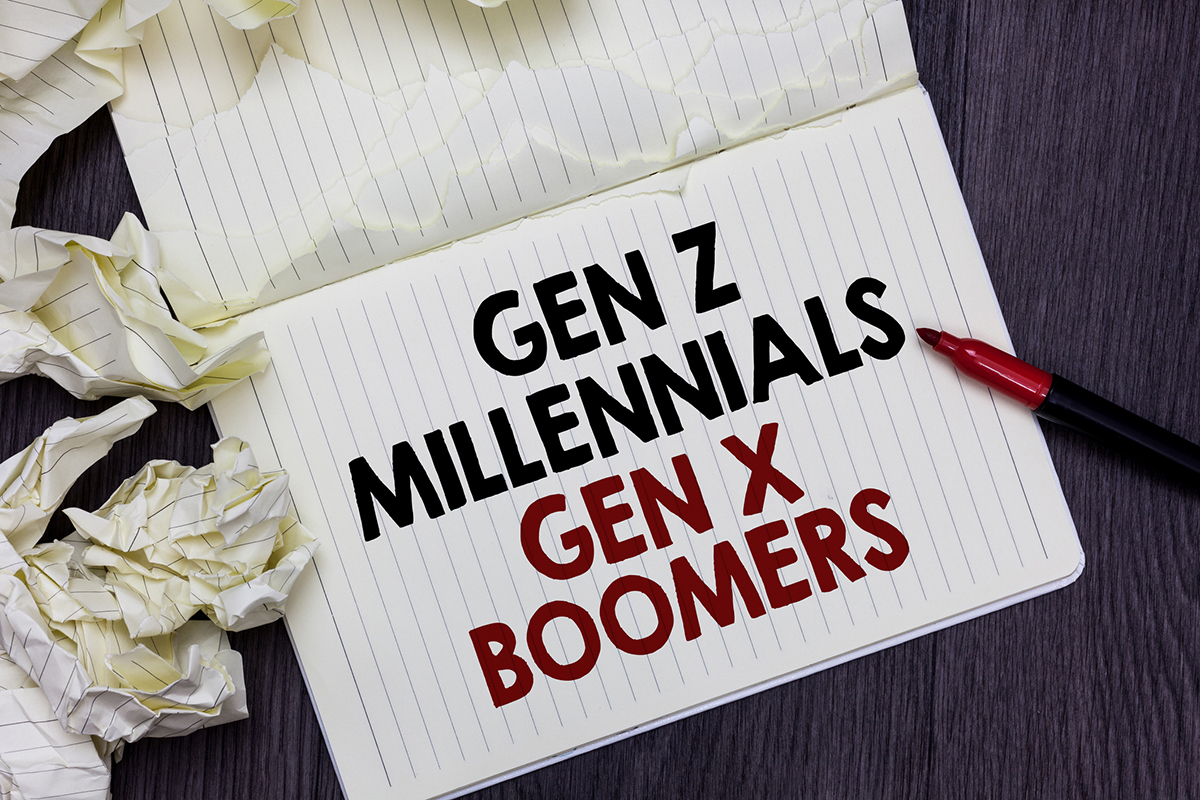You’ve probably heard the expression or seen the memes. The expression “OK Boomer” was born out of frustration by Millennials and Gen-Zers that older generations, many of them Baby Boomers, are too quick to judge them and to make generalizations. It’s a comeback that says “you think you understand us but you don’t. You’re just out of touch.”
As this generational skirmish plays out in the media, it’s worth asking: Are faulty assumptions about age also affecting your marketing efforts and how you personalize content for your audiences?
At Tendo, we often have conversations with clients about personalization based on demographics. As we all know, marketers especially love to target people by age. (We’re looking at you—person who entered your accurate birth date on your social media profiles!)
The Pitfalls of Personalization Based on Age
But generalizations based on age can be tricky. If, for example, you have a technical product or solution and you’d like to provide different “how-to” guides based on a user’s technical savviness, you might be tempted to use age as a proxy for this attribute. And this may well be a mistake.
As a proud Gen-Xer, I know plenty of Baby Boomers who are way more tech-savvy than I am. I also know some Millennials who don’t come close. So deciding how sophisticated a user‘s knowledge of technical concepts is—based purely on what year they were born—could yield less than perfect results.
Personalizing by Core Attribute, Not Age
What’s the alternative? Consider going to the core of the attribute itself. You are not really trying to personalize by age, you’re trying to personalize by tech-savviness. So how can you determine their level of knowledge and sophistication? There are couple ways to get at this without ever knowing a person’s age:
- Self-selection: Allow users to explicitly select a novice or expert track.
- Behavior-based information: Look at their in-session click-stream, prior visit information, and/or referral data (privacy considerations allowing) to place them in a category.
- Other demographic data: We’re not saying don’t use a person’s profile to understand who they are, but in this case education, profession, or role may give a clearer indication of tech savviness (or not!).
5 Guidelines for Your Personalization Strategy
The bottom line: When developing a personalization strategy, follow these five simple tips:
- Set Objectives: Determine prioritized goals for personalization (what are you actually hoping to achieve?) and focus on those.
- Be Critical: As you think about the specific attributes you’ll use for personalization, ask yourself: “What are we really looking for?”
- Do the Math: Don’t lose sight of the permutations and combinations that might arise from complex personalization rules. Do you actually have the content to serve against all those variations?
- Crawl, walk, run: Don’t try to do everything at once. Start with highest priority attributes first, then add layers.
- Iterate: Don’t be afraid of changing course. Test and refine your personalization strategy in order to optimize results.
For more thoughts and insights on personalization, check out our recent presentation at Taxonomy Boot Camp, which focused on how we optimized Salesforce’s taxonomy to facilitate enhanced personalization.










